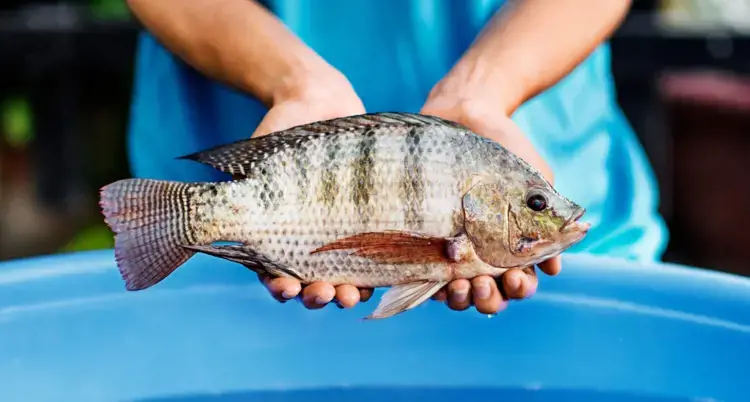
You should notice

Here are three sleeping habits you should eliminate if you want to maintain youthfulness and long-lasting health:
1. Frequently Staying Up Late
Staying up late regularly not only leads to fatigue but also accelerates aging and increases the risk of cardiovascular diseases. Research published in the European Heart Journal - Digital Health shows that those who tend to go to bed after midnight are 25% more likely to face heart-related risks.
Staying up late disrupts melatonin hormone production, causing an imbalance in the body’s biological rhythm and leading to high blood pressure. If this continues, the cardiovascular system weakens, increasing the risk of heart attacks or strokes. Additionally, staying up late can elevate stress, inflammation, and accelerate the aging process.
The ideal time to go to sleep to protect heart health is between 10 and 11 PM. This is the best period for the body to enter deep rest, reducing cardiovascular risks and enhancing sleep quality and immunity.
2. Irregular Sleep Hours
Many people mistakenly believe that sleeping 6-8 hours a night or catching up on sleep over the weekend can fix the effects of sleep deprivation. However, quality sleep requires at least 80% of sleep to be during the night, and maintaining a consistent sleep schedule is also crucial. According to a study published in the Sleep Health journal, those with irregular sleep habits may experience a biological age up to 9 months older than those who maintain a regular sleep schedule.
Going to bed late or frequently changing sleep hours not only disrupts the biological rhythm but also causes chronic stress for the body. The consequences include early aging and increased risks of cardiovascular diseases, diabetes, and memory loss. Therefore, it’s important to aim for consistent sleep and wake-up times, even on weekends.
3. Sleeping Too Much or Too Little
Both insufficient and excessive sleep can harm your health. A study from JAMA Network Open in 2021 found that maintaining about 7 hours of sleep per night can significantly reduce the risk of death from various causes, particularly cardiovascular diseases.
Insufficient sleep (less than 6 hours per night) can increase the risk of heart disease, diabetes, obesity, and weaken the immune system, as the body doesn’t have enough time to recover and balance hormones. On the other hand, excessive sleep (more than 9 hours per night) is also harmful; it can increase the risk of stroke, memory loss, and premature death. Both conditions disrupt the body’s biological rhythm, causing dysfunction, rapid aging, and reduced lifespan.
It’s also important not to sleep immediately after eating or showering. Create a comfortable, quiet, and dark space for sleep, and avoid using electronic devices or consuming stimulating drinks before bedtime.
News in the same category

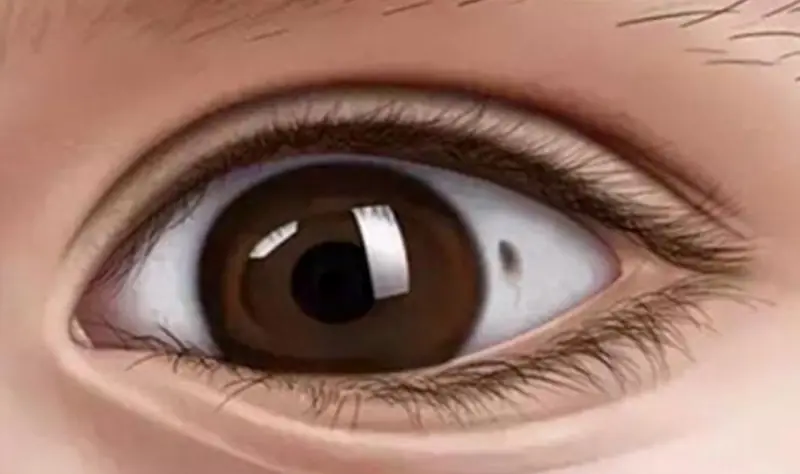
Noticing brown spots in your eyes? These causes may surprise you — and the solutions are simple
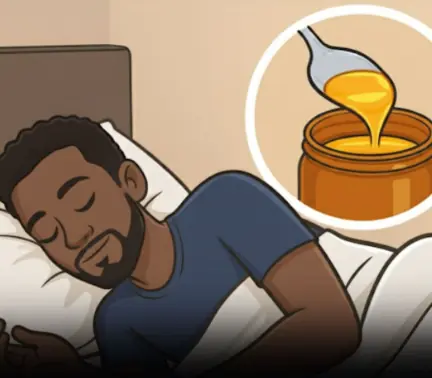
This is Why You Always Wake Up in the MIDDLE of the Night
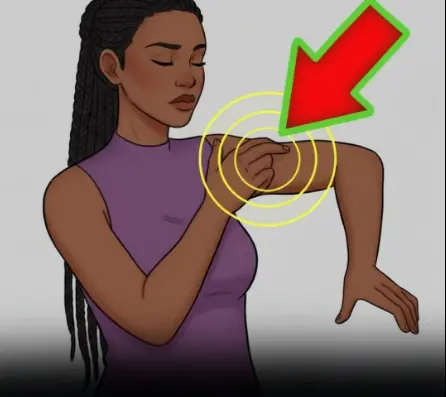
Mini Stroke in People Over 40
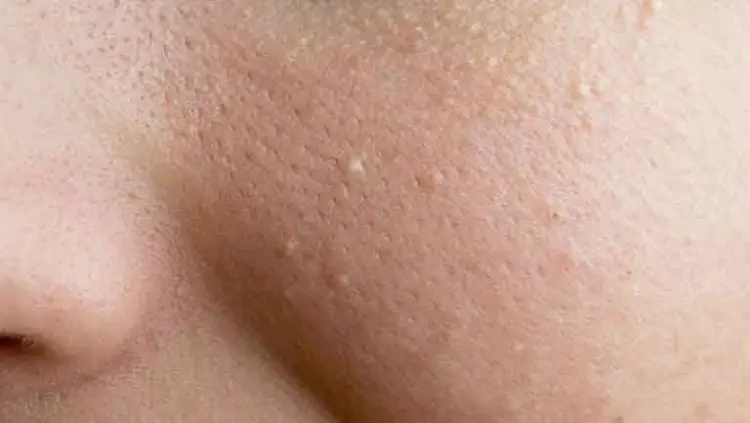
Tiny White Pimples on Your Face? Here’s What Causes Them—and How to Get Rid of Them

New Research Suggests Daytime Naps May Slow Brain Aging by Up to 6.5 Years

Can You Really Use Vaseline on Your Face? Exploring the Benefits and Risks Most People Don’t Know
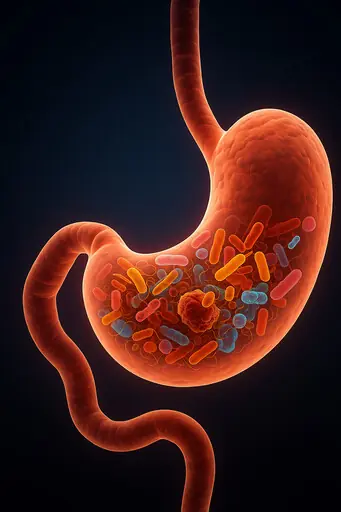
Countless People Are Enduring Painful Stomach Ulcers — All Linked to Poor Eating Habits!
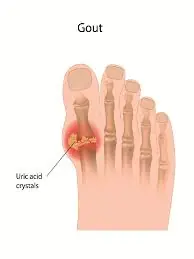
More People Are Suffering From Gout—Avoid These Foods to Prevent Flare-Ups

The hidden dan.gers of con.taminated pork that many people are unknowingly exposing themselves to
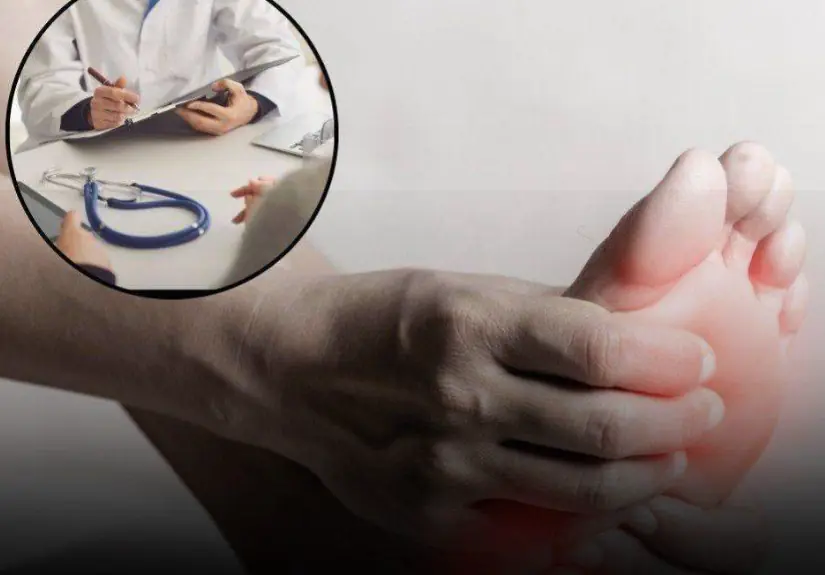
Beware of diabetes if you frequently experience these 5 strange symptoms
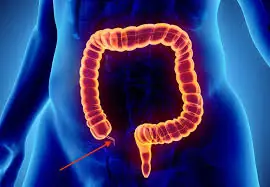
Dull abdominal pain, abdominal p.a.in around the navel, be careful because you may have this disease
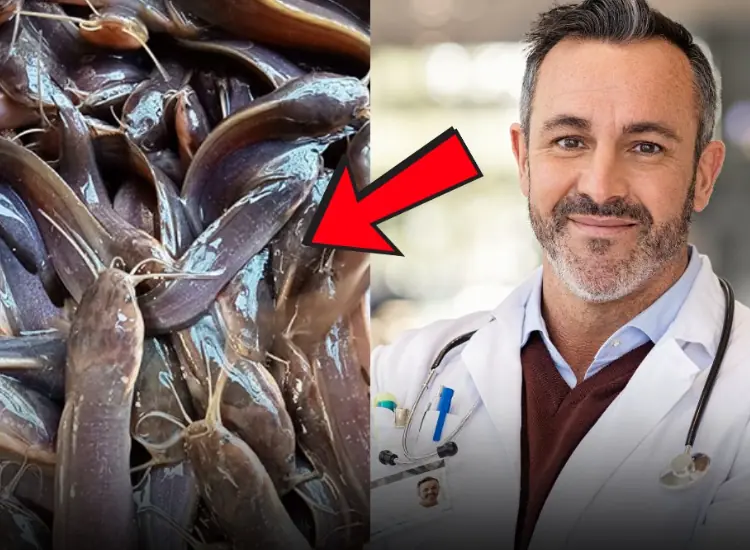
6 types of fish you should avoid eating - Even if they are cheap

Scandalous discovery of why intimate parts smell like fish

One Simple Sleep Posture Mistake Could Be Twisting Your Neck and Damaging Your Spine — Here’s How to Fix It

Coconut Water Is Tasty and Healthy, Perfect for Staying Refreshed in the Summer — But These Groups of People Should Avoid Drinking It

This Ancient Spice Opens Your Arteries Like Magic and Supercharges Your Heart

8 Foods That Spoil Overnight and Easily Cause Acute Poisoning, Even When Stored in the Refrigerator
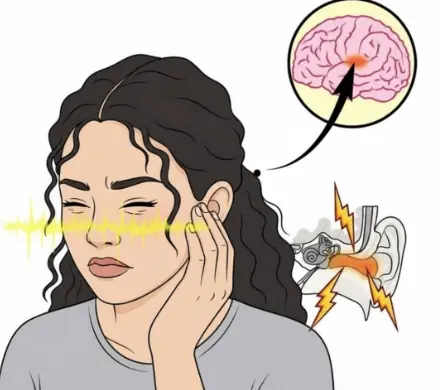
Ringing in Your Ear? What Tinnitus Really Means and When to See a Doctor
News Post
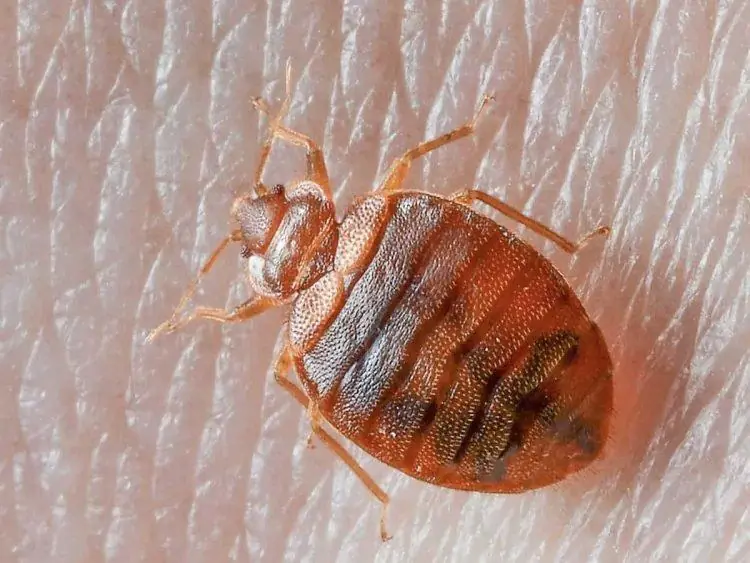
Natural Pest Control: Using Diatomaceous Earth and Cloves Against Bed Bugs and More

Why should you stop eating tilapia right now? What you need to know before your next meal?

Noticing brown spots in your eyes? These causes may surprise you — and the solutions are simple

This is Why You Always Wake Up in the MIDDLE of the Night

Mini Stroke in People Over 40

Tiny White Pimples on Your Face? Here’s What Causes Them—and How to Get Rid of Them

New Research Suggests Daytime Naps May Slow Brain Aging by Up to 6.5 Years

Can You Really Use Vaseline on Your Face? Exploring the Benefits and Risks Most People Don’t Know
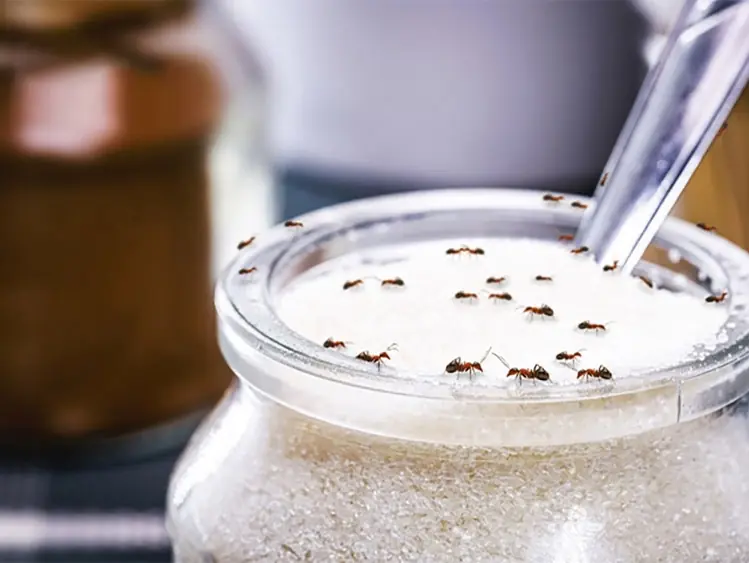
Tips to Quickly Get Ants Out of Sugar Jars and Keep Them Away for Good

Countless People Are Enduring Painful Stomach Ulcers — All Linked to Poor Eating Habits!

More People Are Suffering From Gout—Avoid These Foods to Prevent Flare-Ups
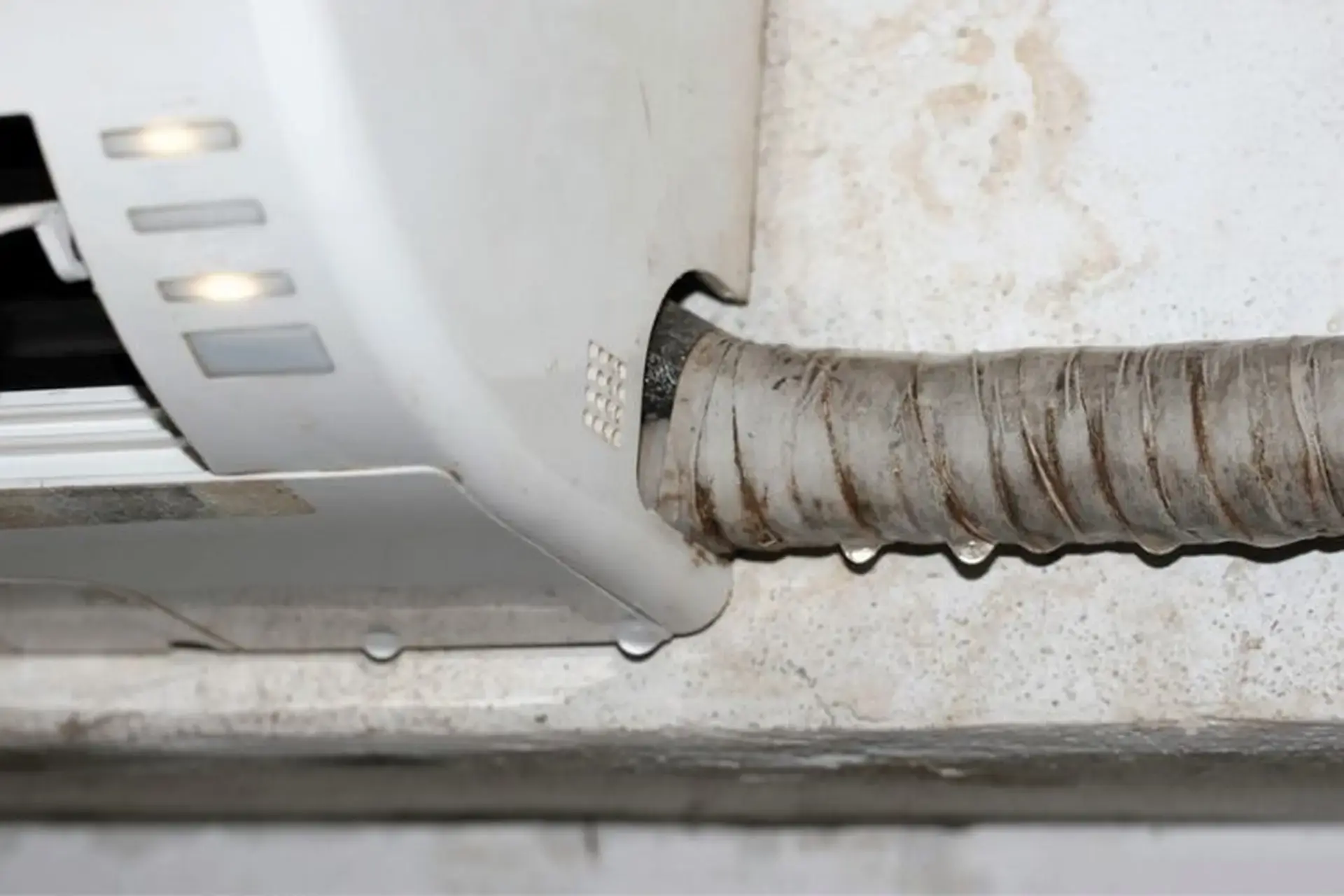
Common causes of water leaks from air conditioners and how to fix them.

The hidden dan.gers of con.taminated pork that many people are unknowingly exposing themselves to

Beware of diabetes if you frequently experience these 5 strange symptoms
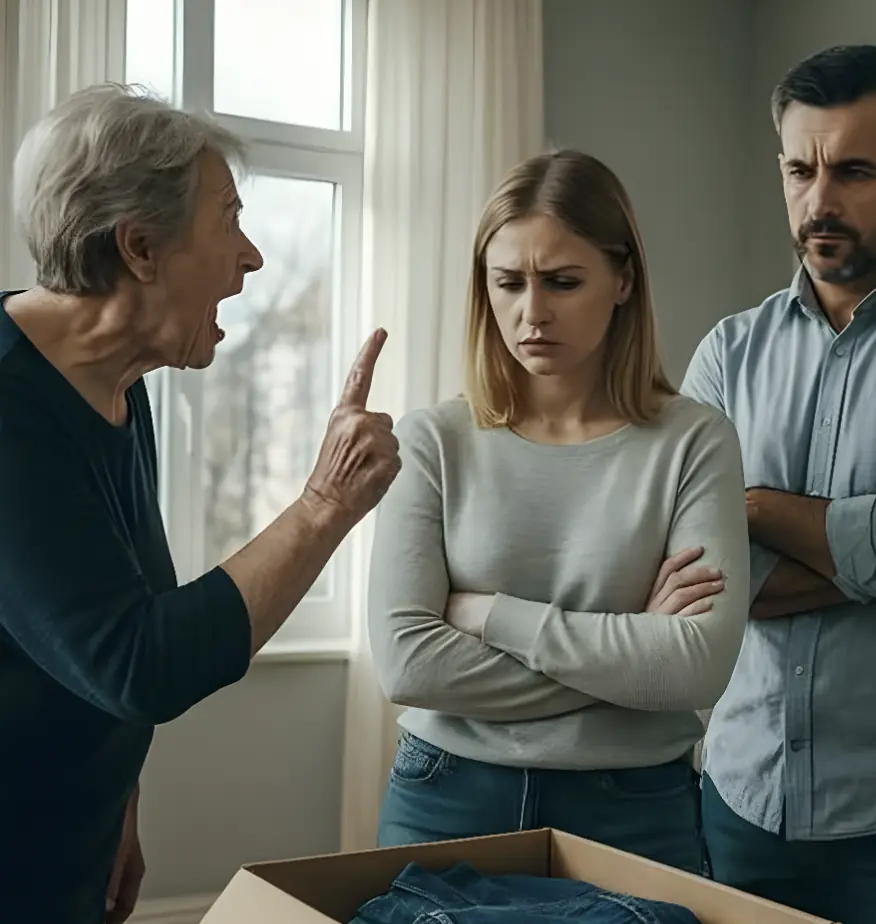
A Conflict Between Home and Family: The Tale of Marina and Her Mother-in-Law

Cheesy Spinach Stuffed Chicken Breasts

Dull abdominal pain, abdominal p.a.in around the navel, be careful because you may have this disease

6 types of fish you should avoid eating - Even if they are cheap

A Wedding Day Revelation: How One Mother Saved Her Daughter
